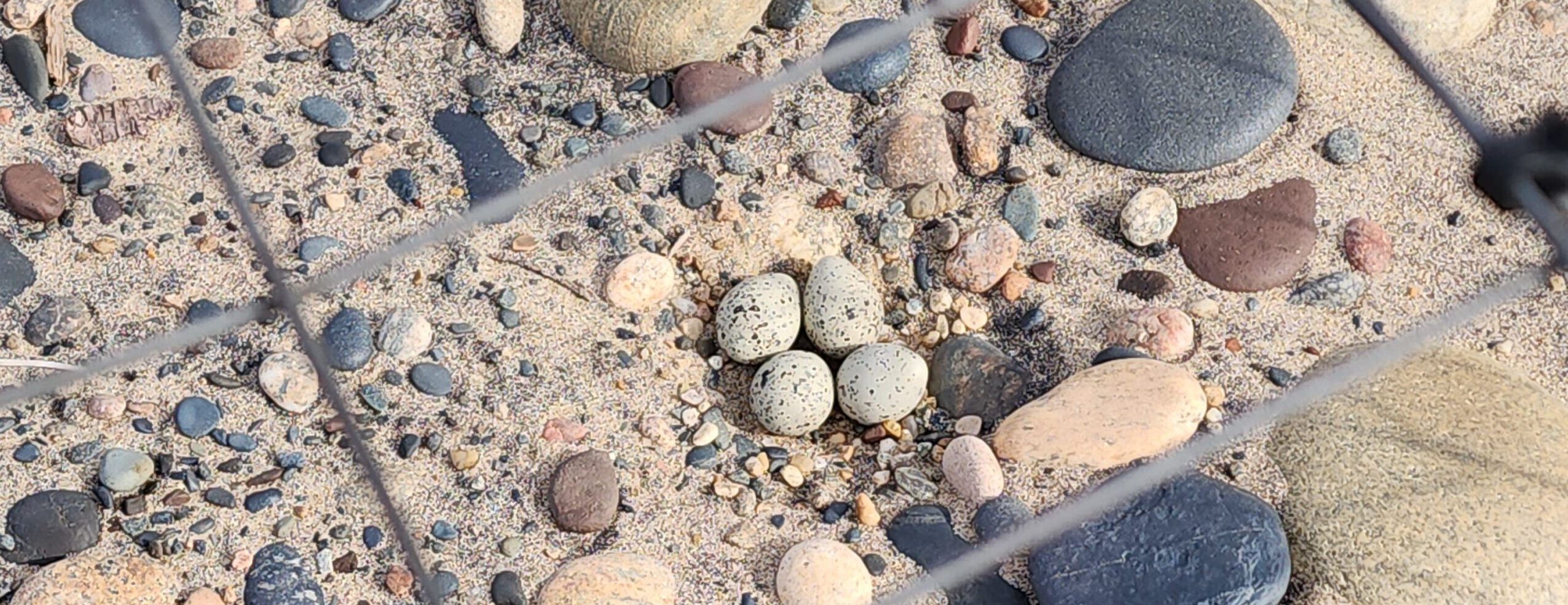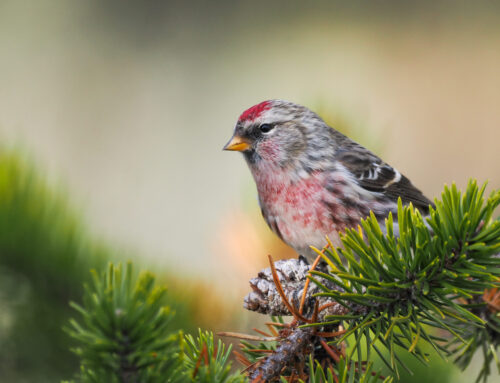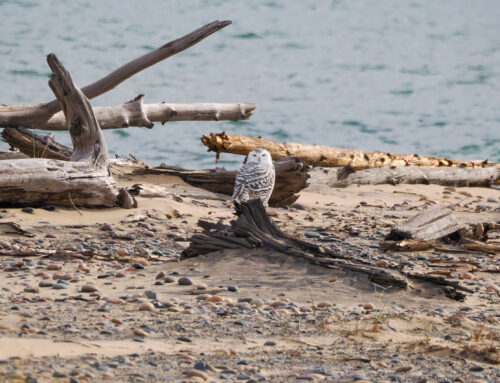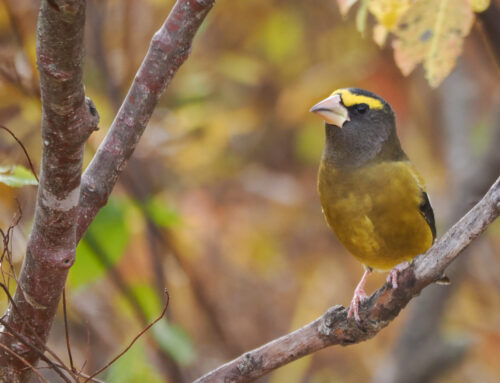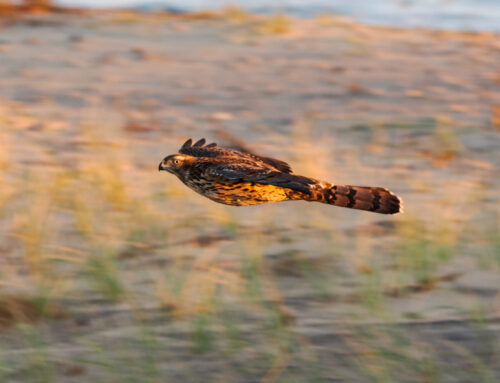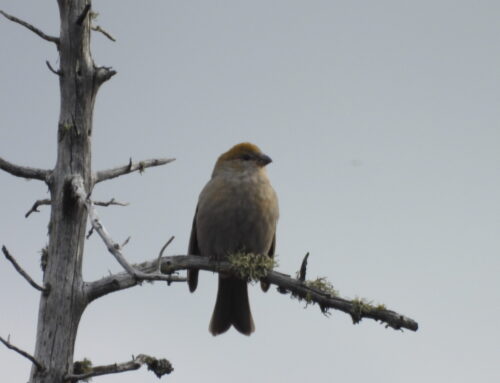Things are moving along pleasantly for our pair here at Whitefish Point.
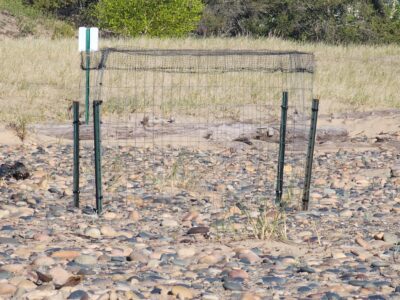
Little Bill Bob on the nest in the new mid-sized exclosure. Photo by Stephanie Owens
As of Tuesday, May 28, four eggs have been laid in the nest. On Wednesday the nest received an upgrade from a mini exclosure to a mid-sized one. Vie and Little Bill Bob accepted it, and have begun regular incubation, switching turns about every hour.
As for our bachelors, Lover Boy and (Of,YB:X,Y/O) (whom I call Wybie, for simplicity), have continued on in the pursuit of a mate. Wybie has set up shop adjacent to Vie and Bob’s nest, occasionally wandering just a little too close for Bob’s comfort, resulting in a short scuffle with Wybie flying off.
Lover Boy has ample territory to himself just east of the boardwalk entrance. He spends his days performing flight displays, calling out for a female to join him. Every now and then he is compelled to chase off Killdeer.
Vie’s mate from last year, Really Tricky (X,R:Of,LY), has made a few appearances in the past week. On Thursday morning he was foraging near Wybie and Bob on the shore directly in front of the boardwalk entrance, and was chased off by Bob. Later in the afternoon I observed him lurking around the nest, once again escorted away by Bob, who reminded him things aren’t what they were last year.
~ Stephanie Owens
2024 Piping Plover Monitor
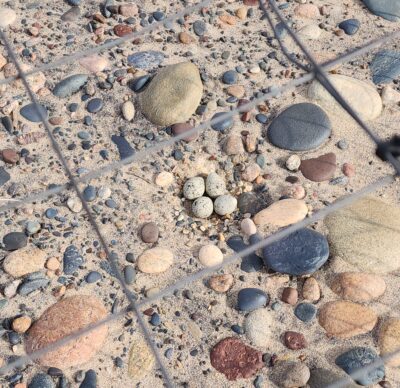
Piping Plover eggs protected by exclosure. Photo by Stephanie Owens
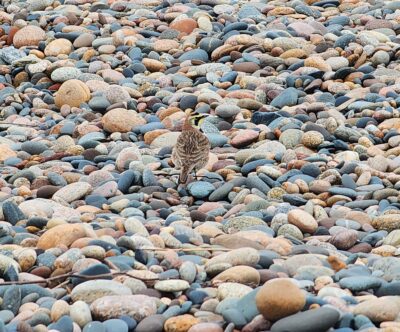
A Horned Lark observed while monitoring the Piping Plovers. Photo by Stephanie Owens
Piping Plover monitoring is a collaborative effort between Michigan Audubon and Seney National Wildlife Refuge (USFWS).
You can keep up with the 2024 Piping Plover action at WPBO by reading Stephanie’s blog posts and following WPBO’s social media (Facebook, Instagram, and X).
Stephanie Owens: 2024 Piping Plover Monitor
 Stephanie is a native Yooper and a recent graduate of Lake Superior State University. She earned a Bachelor of Science in Conservation Biology and completed her senior thesis on the distribution of per- and polyfluoroalkyl substances in waterways in Eastern Upper Peninsula. Previously, she worked as a Piping Plover monitor in the U.P. for two seasons and conducted Black Tern and habitat surveys during that time as well.
Stephanie is a native Yooper and a recent graduate of Lake Superior State University. She earned a Bachelor of Science in Conservation Biology and completed her senior thesis on the distribution of per- and polyfluoroalkyl substances in waterways in Eastern Upper Peninsula. Previously, she worked as a Piping Plover monitor in the U.P. for two seasons and conducted Black Tern and habitat surveys during that time as well.

